GLA offers our clients a sizable team of engineers, geologists, and environmental technicians who excel at obtaining high-quality data, evaluating environmental impacts, and developing sound, cost-effective solutions to reduce risks to human health and the environment. Our professionals specialize in characterizing and reducing impacts to soil and groundwater, always with the goal of producing timely, technically defensible results within our clients’ budgets and schedules. Our expertise is built on more than 30 years of successful environmental characterization and remediation projects at more than 500 sites throughout the United States, reflecting our skill at working with local, state, and federal environmental protection agencies.
Our environmental services include:
- Data management
- Environmental monitoring
- Environmental studies
- Fate and transport modeling
- Remedial design, operations, and maintenance
- Site closure
- Site investigation/characterization

Environmental Monitoring
Our team routinely performs all types of environmental monitoring, and conducts sampling consistent with U.S. Environmental Protection Agency (EPA) and American Society for Testing and Materials (ASTM) guidelines and industry standards. GLA offers its clients full-service environmental monitoring and reporting services, including groundwater, soil, soil-pore gas, soil-pore liquid, and surface water sampling, monitoring, and reporting; program development and implementation; and regulatory compliance. Since 1991, GLA has been providing these services for public and private entities at more than 100 industrial sites and has earned a reputation for technical excellence with both our clients and the regulatory community.
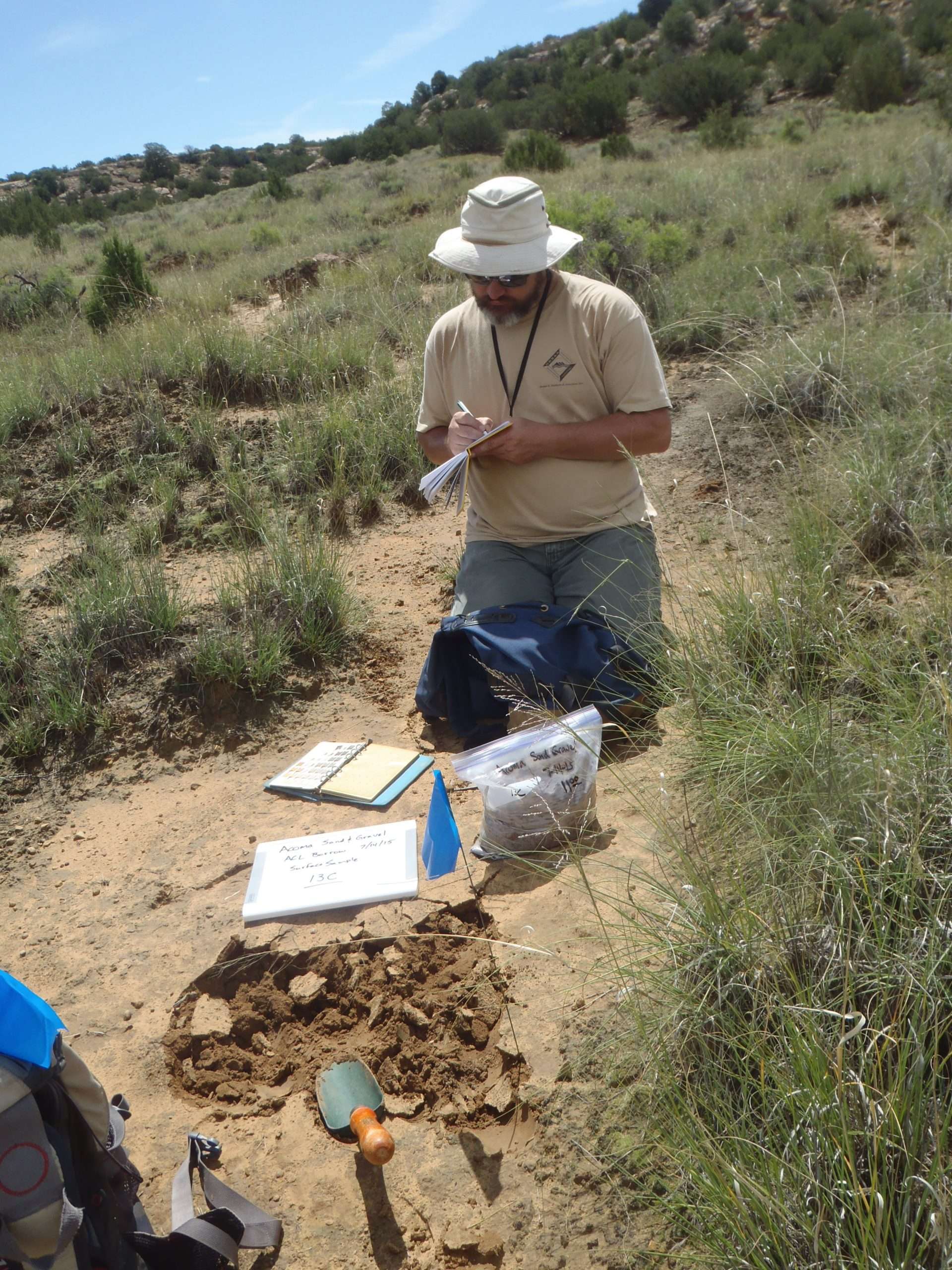
Environmental Studies
GLA can assist with the preparation of environmental impact statements, environmental assessments, categorical exclusions, environmental information documents, and biological evaluations. GLA’s team of regulatory specialists, biologists, hydrologists, geologists, GIS specialists, engineers, and environmental scientists can provide the resources necessary for evaluating specialized and complex issues. We perform evaluations to support National Environmental Policy Act (NEPA) and California Environmental Quality Act (CEQA) compliance and have experience with impact analysis for land use, natural resources, water resources, threatened and endangered species, environmental justice, hazardous materials, and air quality.

Fate and Transport Modeling
GLA’s team of engineers and scientists has experience in the mathematical modeling of transport of contaminants released into the soil, groundwater, or rock. These models provide insight of the physical, biological, and chemical processes present at contaminated sites and allow us to determine which solutions we can provide for effective remediation.
Our services include:
- Aquifer testing and analysis
- Groundwater flow and contaminant transport modeling
- Unsaturated fluid flow modeling
- Solute dispersion modeling through mine tailings, leach stockpiles, and waste rock
- Evaluating impacts of contamination to surface water or nearby wells
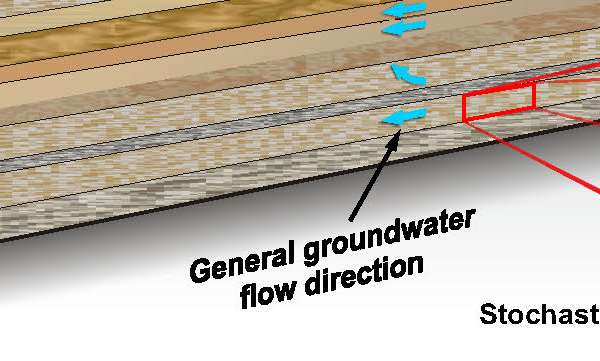
Geologic Carbon Dioxide Sequestration
With expertise and experience in geologic carbon dioxide (CO2) sequestration, vadose zone and groundwater monitoring programs, subsurface injection, and multi-phase fluid modeling, GLA can support your projects while reducing CO2 emissions to the atmosphere, protecting groundwater resources, and mitigating climate change. With proper siting, operation, and monitoring, the risks associated with carbon capture and storage (CCS) can be minimized.
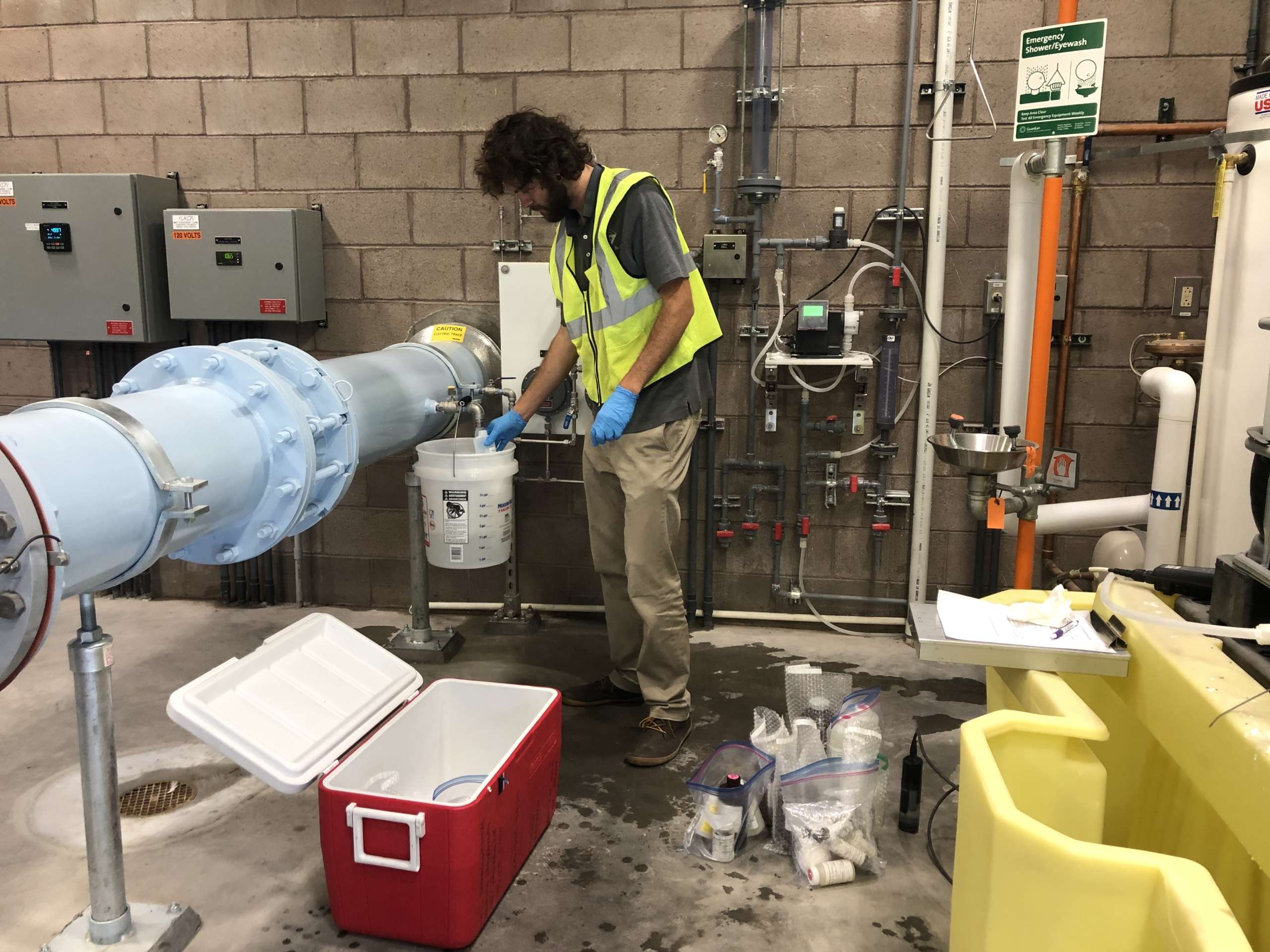
PFAS Investigations
GLA’s scientific experts and environmental professionals have experience in conducting poly- and perfluoroalkyl substances (PFAS) investigations from field investigations to fate and transport modeling. By quantitatively and systematically determining the extent of PFAS impacts to soils, groundwater, and sediment, our team can help clients to select a PFAS remedy that reduces risks to the environment and human health.
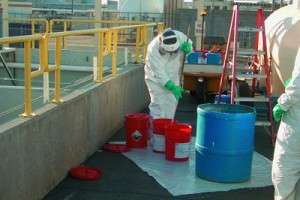
Remedial Design, Operations, and Maintenance
GLA offers innovative, technically sound, and cost-conscious remediation system design, installation, operation and maintenance, and removal actions. We have successfully addressed soil and groundwater impacted by petroleum hydrocarbons, chlorinated solvents, metals, and mine wastes by designing and implementing more than 100 soil and groundwater remediation systems. GLA conducts feasibility studies to identify the most cost-effective remedial technologies suitable for subsurface contamination. From simple mass removal excavations to complete multi-media extraction and treatment at Superfund sites, we have developed plans and specifications, constructed, and operated a wide range of remediation systems with approval from state regulatory agencies and the U.S. Environmental Protection Agency (EPA).
Our services include the design, installation, and operation of:
- Biovent/biosparge and bioaugmentation systems
- Vertically and directionally drilled soil vapor extraction systems
- Groundwater sparging and extraction systems
- Interceptor/cutoff trenches
- Pneumatic phase-separated hydrocarbon pumping systems
- Groundwater treatment by packed column air strippers, low-profile diffusers, bioslurry, and granular activated carbon (GAC)
- Vapor treatment by thermal and catalytic oxidizers, internal combustion engine, and GAC.
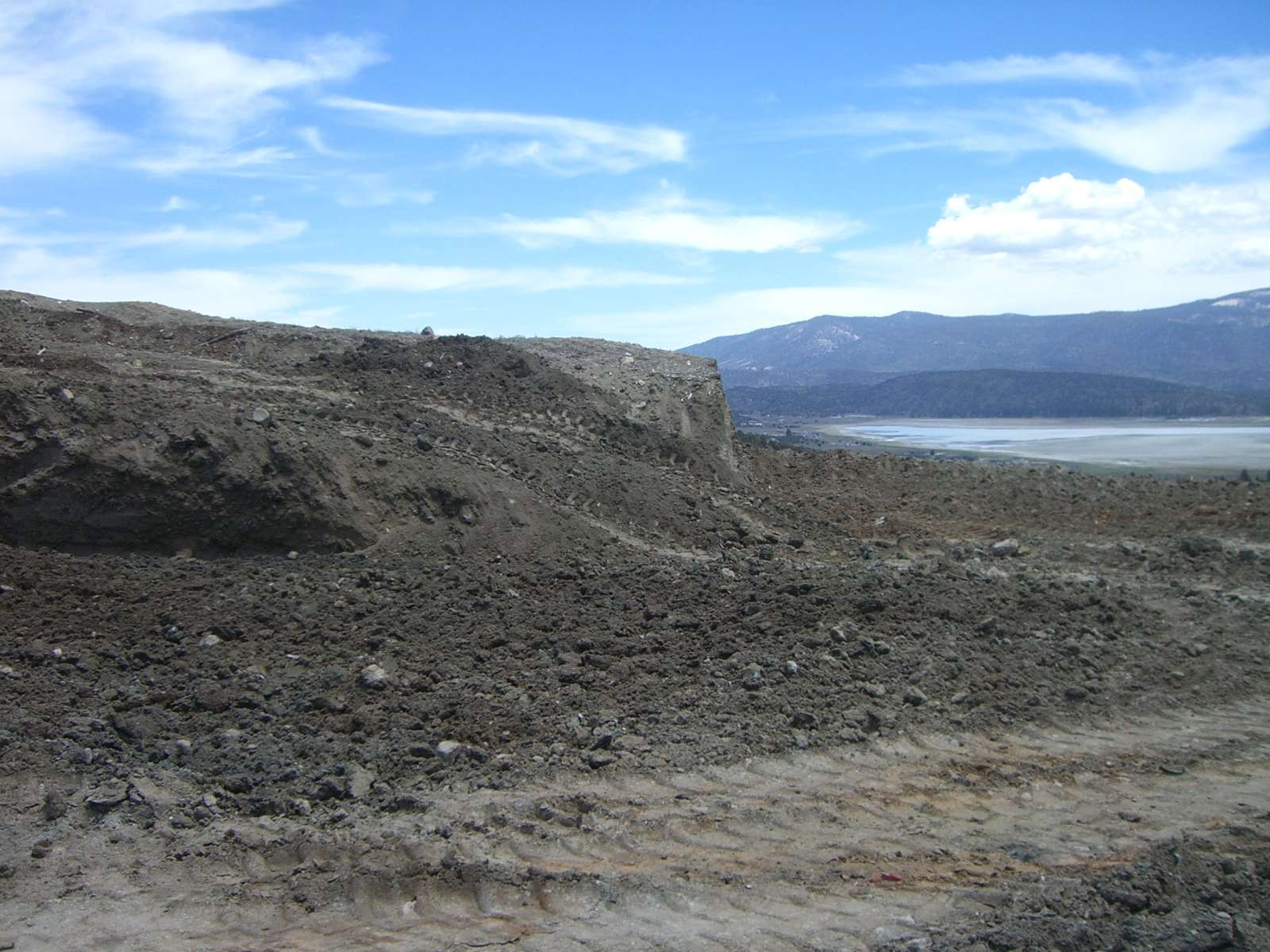
Site Closure
GLA has extensive experience preparing the documents necessary to close landfills and other industrial sites pursuant to current regulations. We can assist with closure design and post-closure monitoring, including determining goals and detailed methodology of activities necessary to stabilize potential contaminants. We are knowledgeable of closure and stabilization requirements pertaining to components that could potentially lead to degradation of waters of the state.
Closure components and major elements of site stabilization may include reshaping and regrading, covering, placing of growth medium, and applying soil amendments. We perform germination studies to assess the ability for native plant species to establish in the proposed growth medium, develop revegetation plans, and study plant uptake.
Our services include:
- Closure plan preparation and reporting
- Closure grading and drainage design
- Slope stability evaluation of final closure configuration
- Soil testing to determine proctor densities, grain-size distribution, soil-water characteristic curve (SWCC), and other soil properties
- Modeling of evaporation and transpiration, using UNSAT-H, HYDRUS, and similar models
- Cover soil specification using measured, site-specific hydrogeologic parameters
- Recirculation, active evaporation, and passive evaporation in designed evaporation cells (E-Cells)
- Erosion control
- Stormwater management
- Closure system monitoring
- Evaporation cell (E-Cell) design, ET cover design, and resistive barrier cover design
- Borrow soil studies
- Climate data set development
- Third-party closure or reclamation oversight
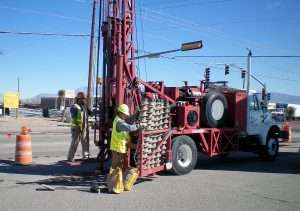
Site Investigation/Characterization
When investigating potential soil and groundwater contamination, a well-designed and -executed subsurface characterization is the key to developing an effective, site-specific remedial approach. Approaches vary from simple, minimally intrusive investigations to remedial investigations driven by the Comprehensive Environmental Response, Compensation, and Liability Act (CERCLA) with dozens of wells installed to delineate contaminant plumes.
We also perform due diligence paper and field studies in support of real estate transactions. GLA’s experience conducting Phase I and Phase II environmental site assessments (ESAs) includes complex, multi-facility investigations, as well as local, single-site assessments for property transactions, Brownfields redevelopment, and environmental highway corridor studies. We use field screening methods including soil, gas, and water quality analysis; field x-ray fluorescence (XRF); soil borings and monitoring wells; and geophysical surveys. Our staff is also well versed in vapor intrusion studies. All field work is carried out in accordance with a site-specific health and safety plan and approved work plans and/or standard operating procedures to ensure that data quality objectives are met.
